The European Commission presented its proposal for a regulation to establish the basis for carbon removals certification by the agricultural and forestry sectors. This is a key step in establishing a real business model for carbon farming, and therefore in Europe’s ability to reach its emission reduction, storage and carbon neutrality targets.
There are about 40 identified mitigation actions that can be used in the European agricultural sector. They include emission reduction and carbon sequestration actions that could enable the mitigation of more than 250 Mt CO2eq in the agricultural sector, i.e. nearly 60% of the sector’s current emissions, and make it a carbon neutral or even a net carbon storage sector.
In the context of a large-scale promotion of mitigation actions to achieve the EU’s climate objectives, dissociating these two types of actions (reduction or sequestration) would lead to environmental nonsense, as there are close links between these two items. The scientific community as well as many actors in the field, who have been involved in low-carbon transition certification models for several years, stress the importance of a complete measurement of the variation of GHG emissions AND carbon storage, in particular in the framework of a Carbon Farming model that aims to be results-oriented and robust at the climate and environmental level.
In this context, the European Commission’s proposal reflects a narrow vision of the potential of carbon farming that would not allow for a real European dynamic, even though time is running out and the potential of agriculture is within reach. This approach will need to be rebalanced by the European Parliament and the Council in order to lay the foundations for a certification model that meets the challenges.
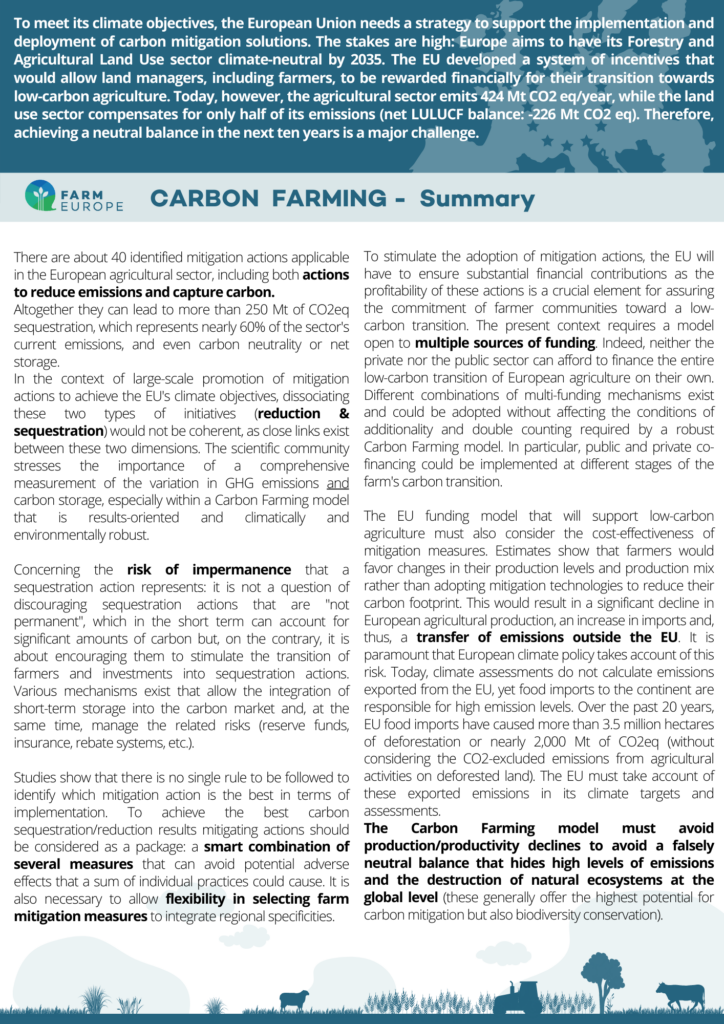
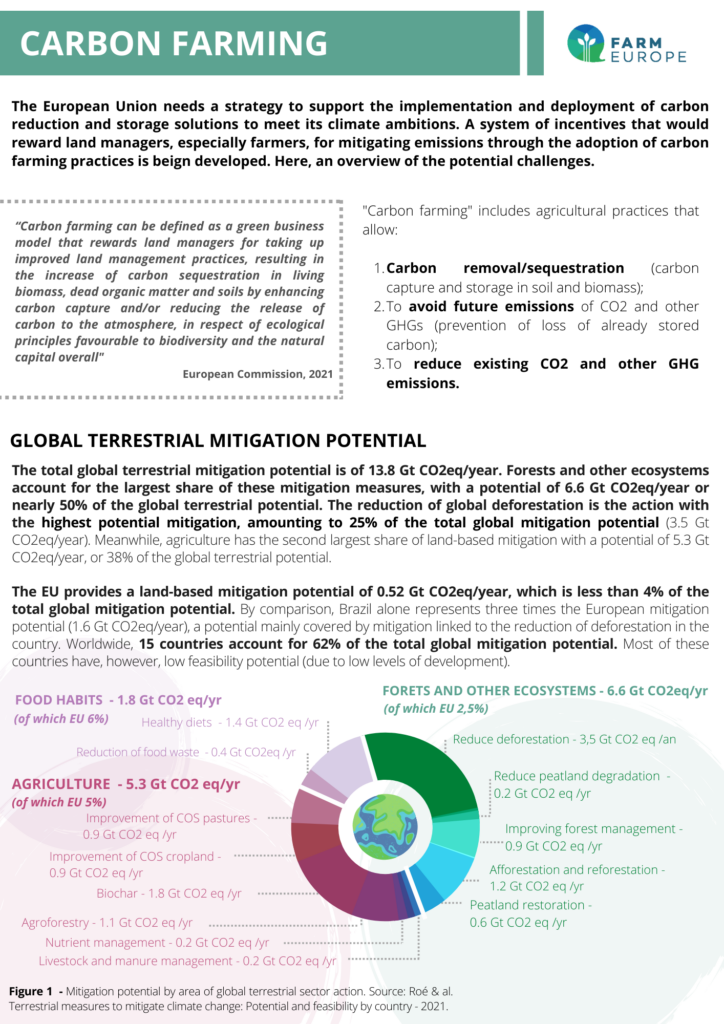
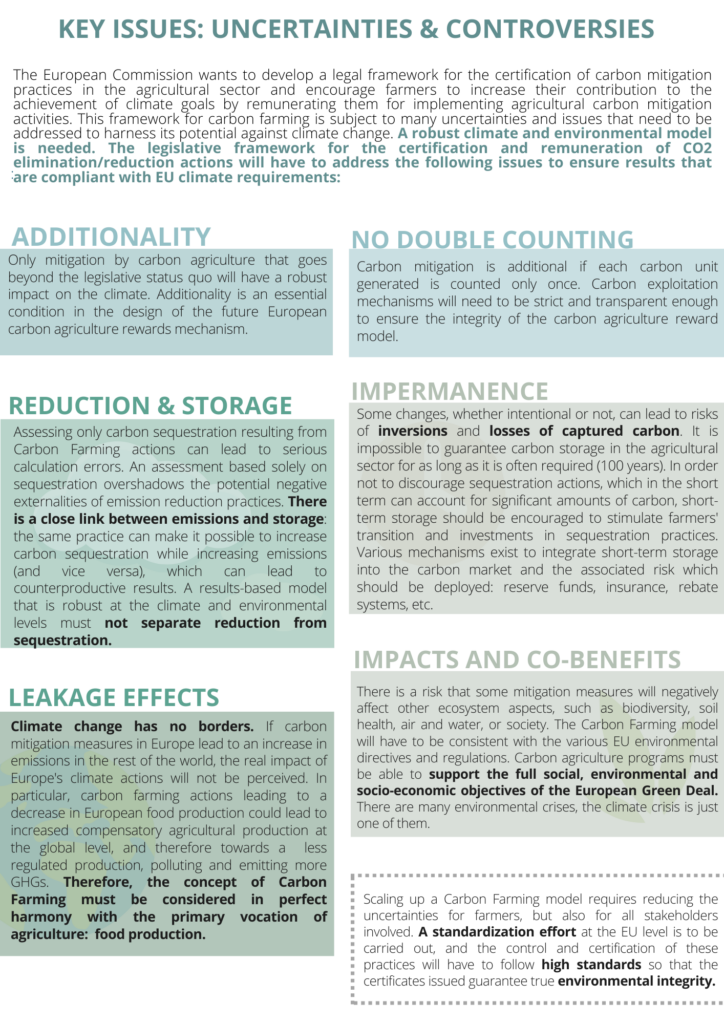
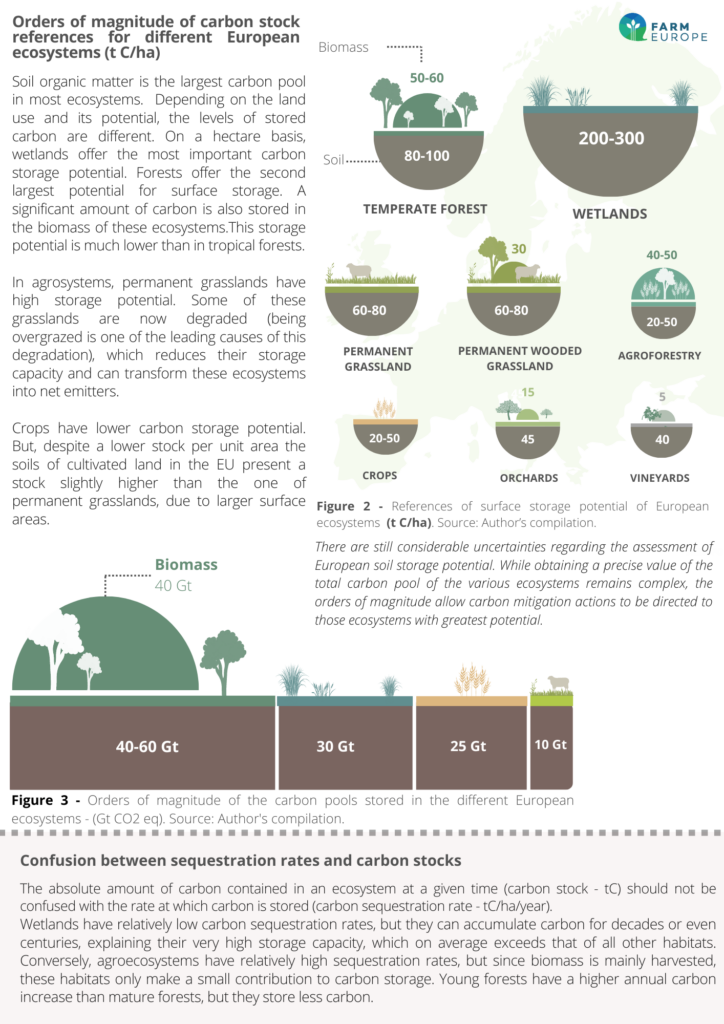
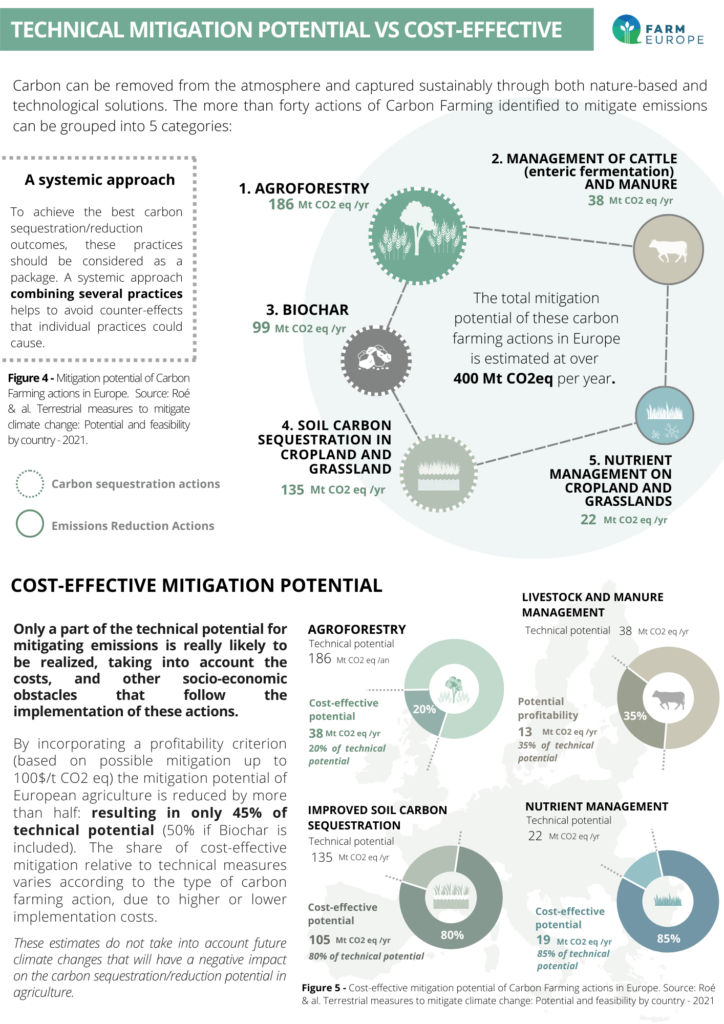
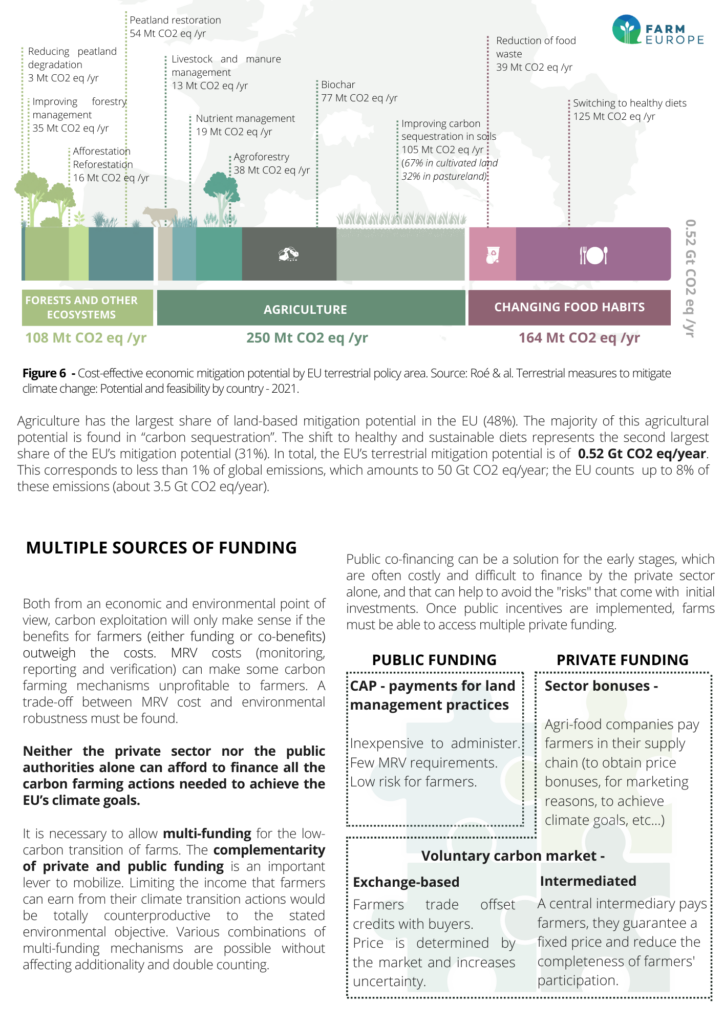
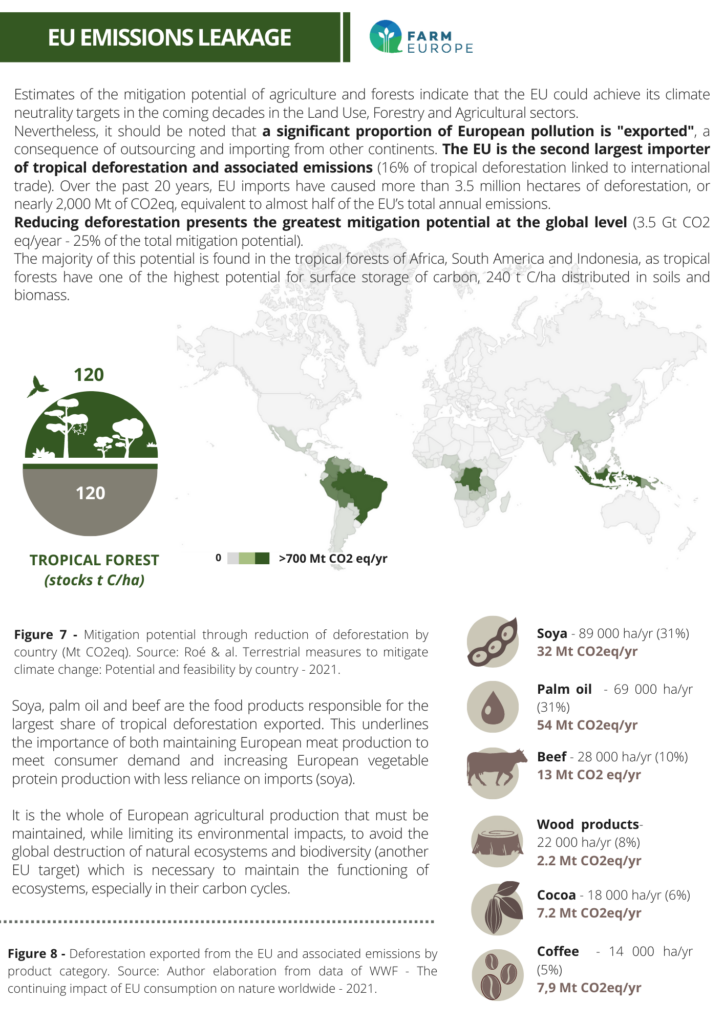
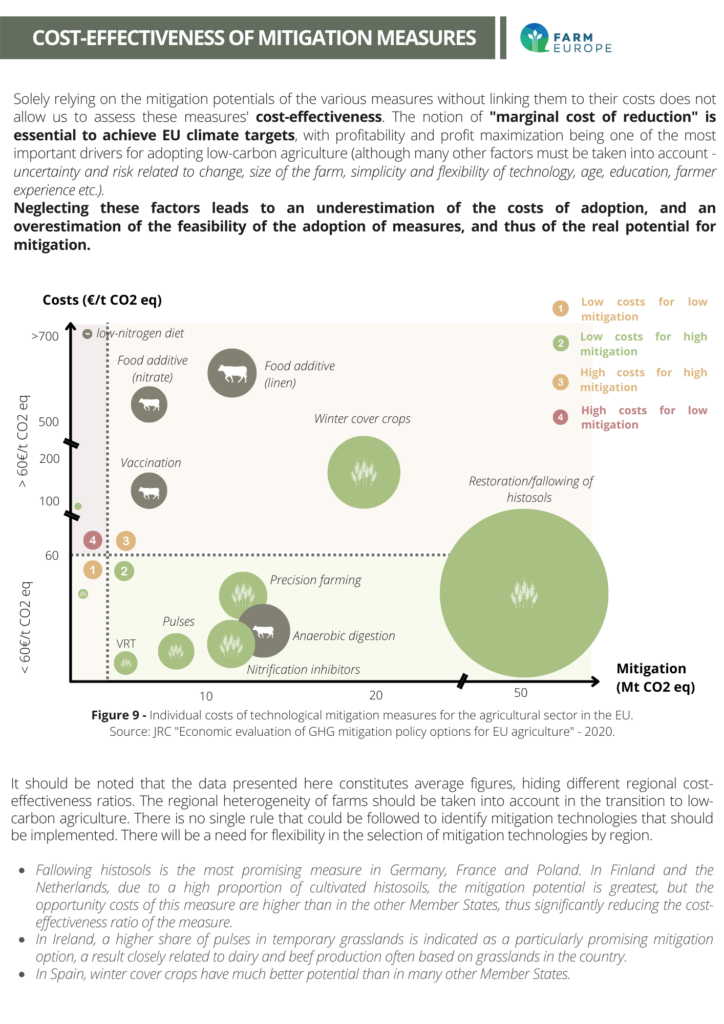
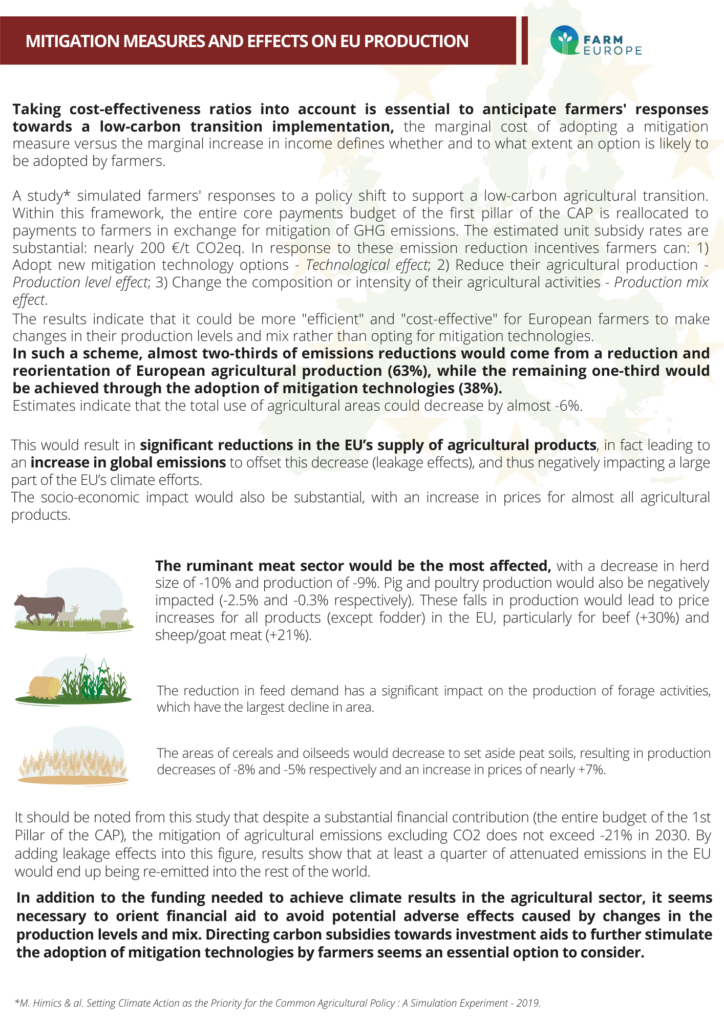
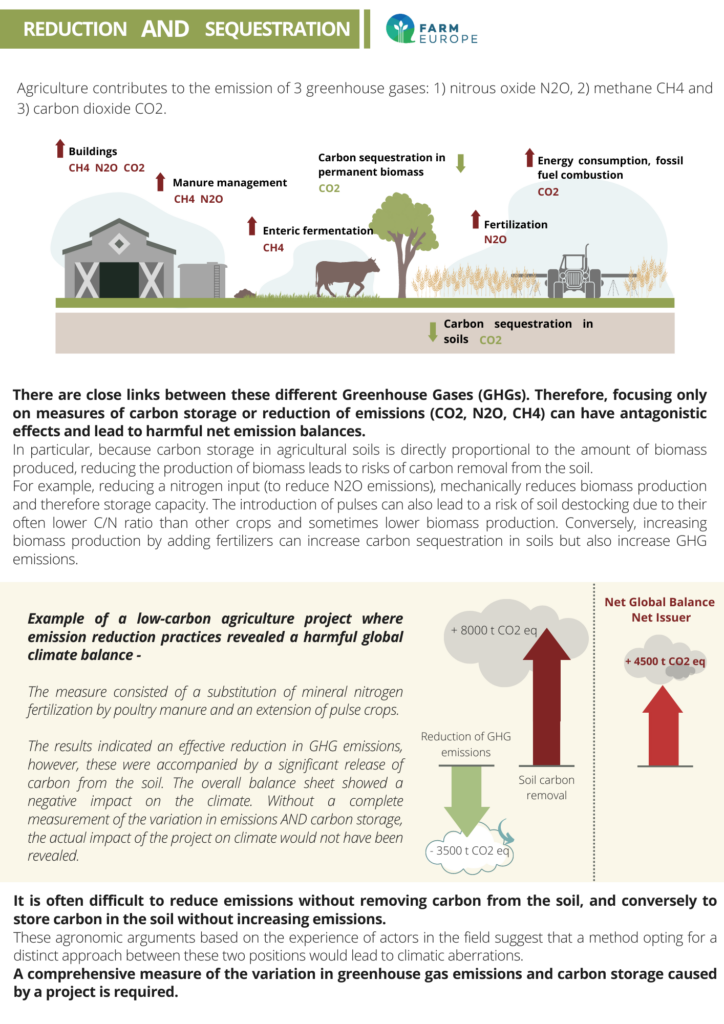
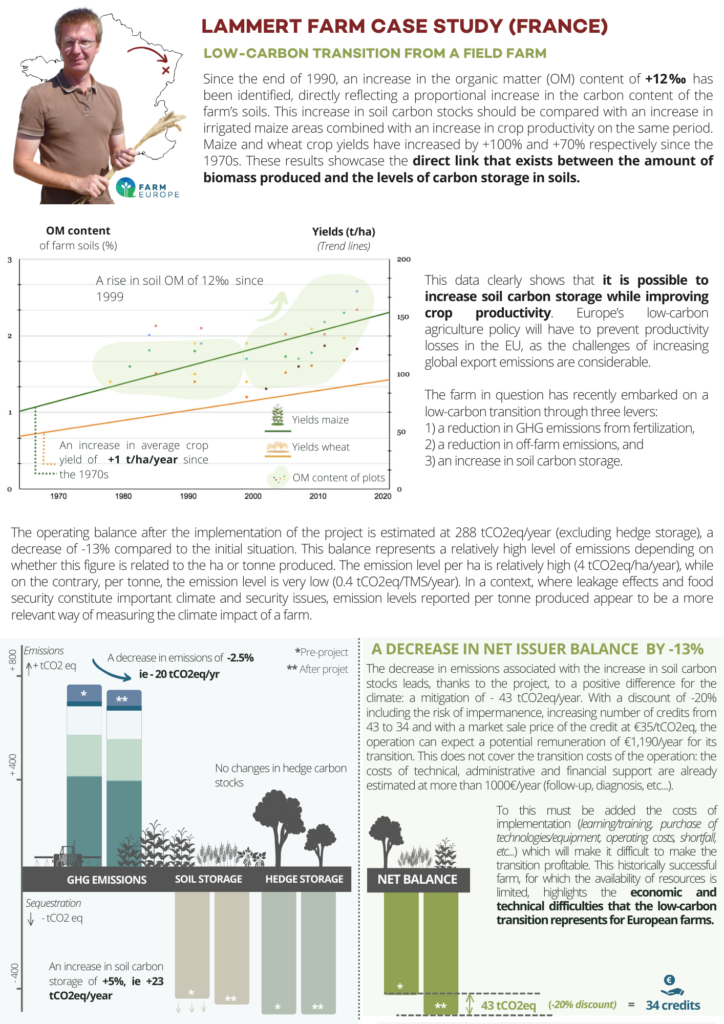
O artigo foi publicado originalmente em Farm Europe.
